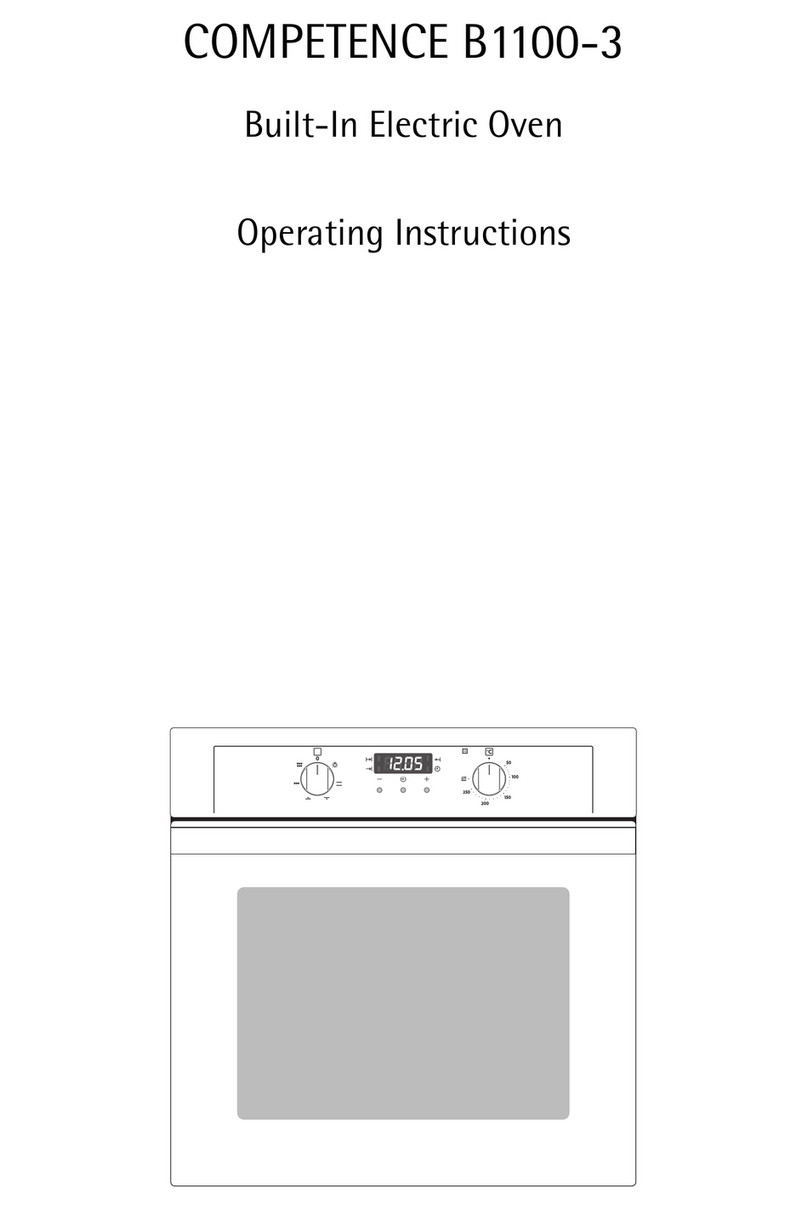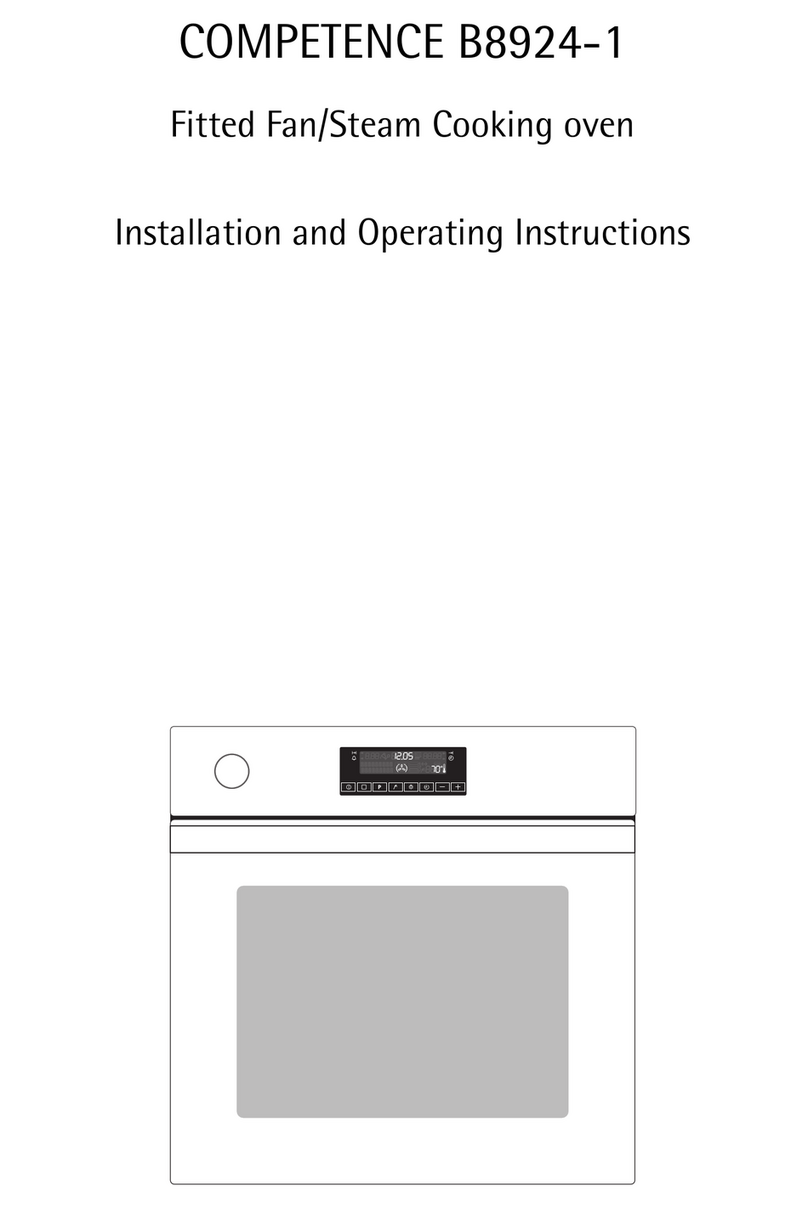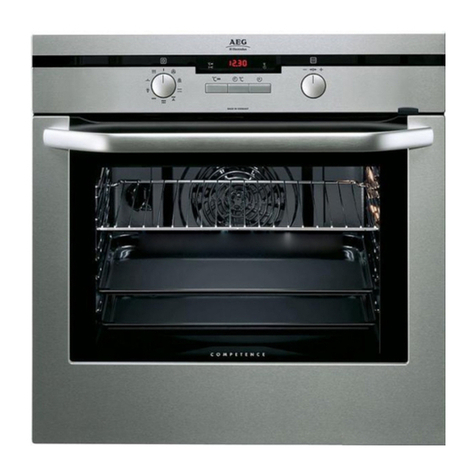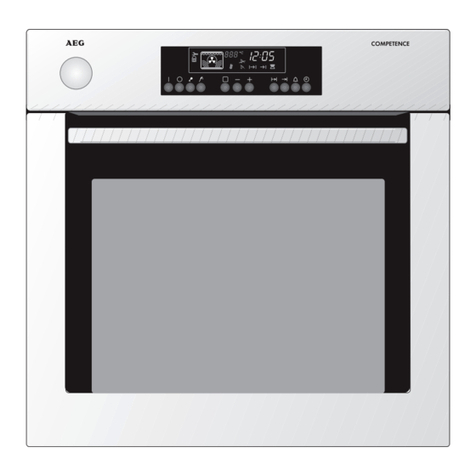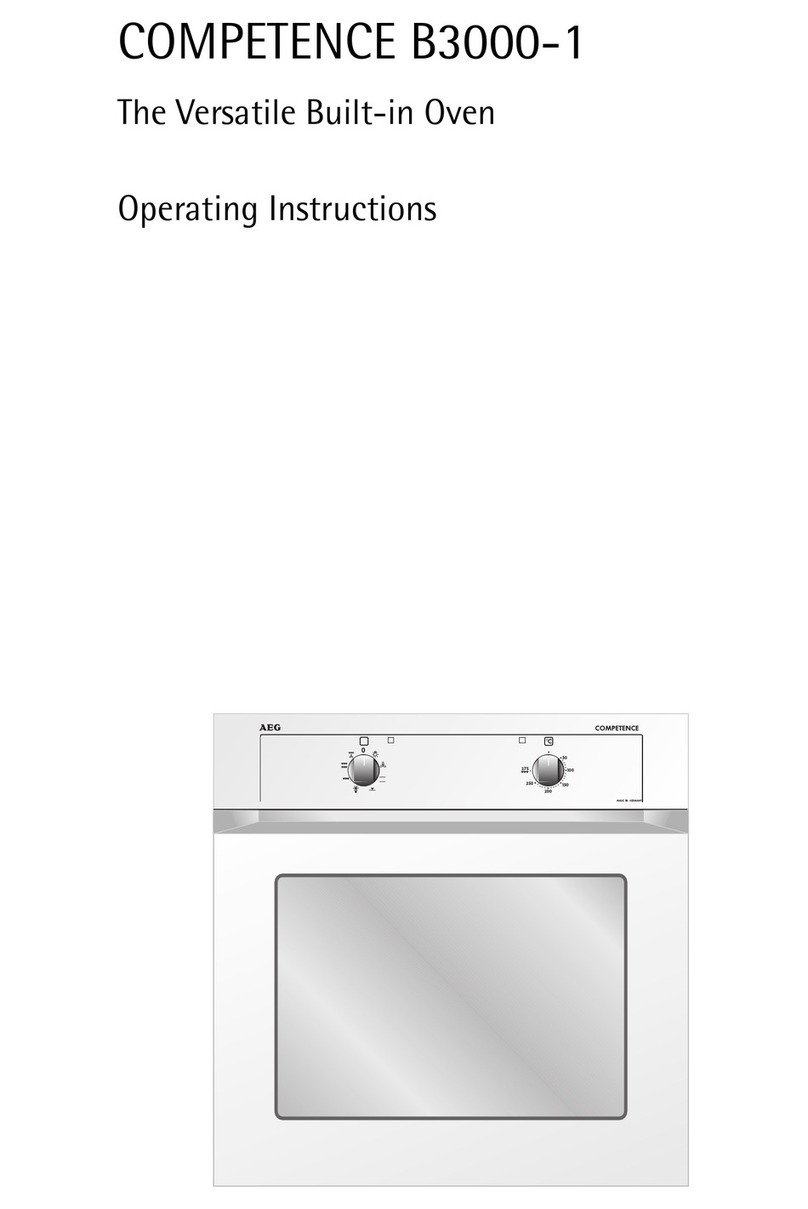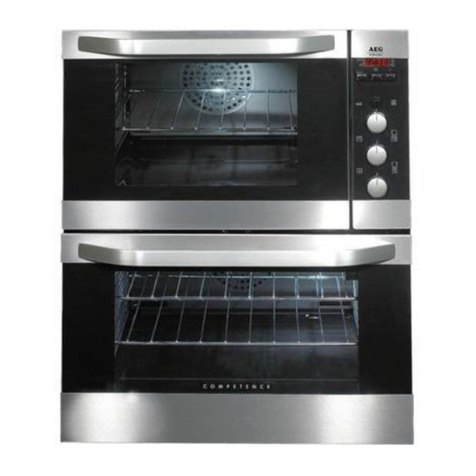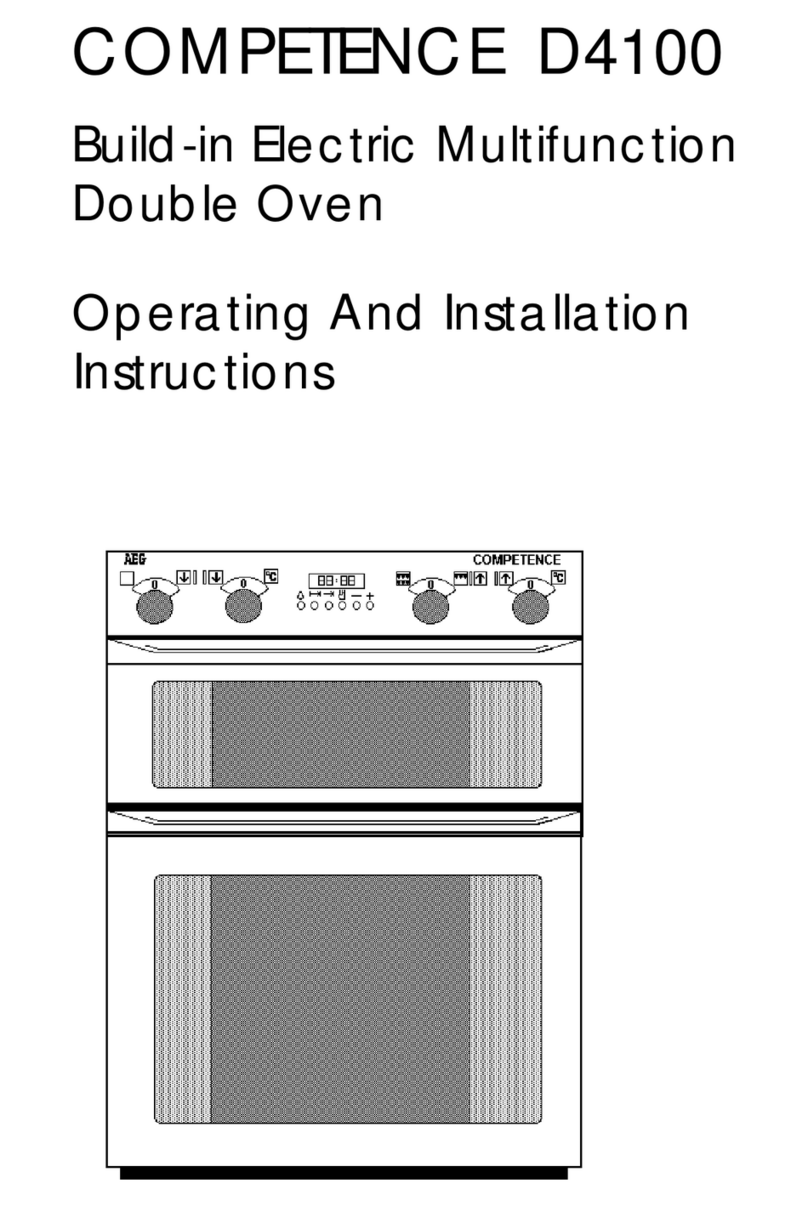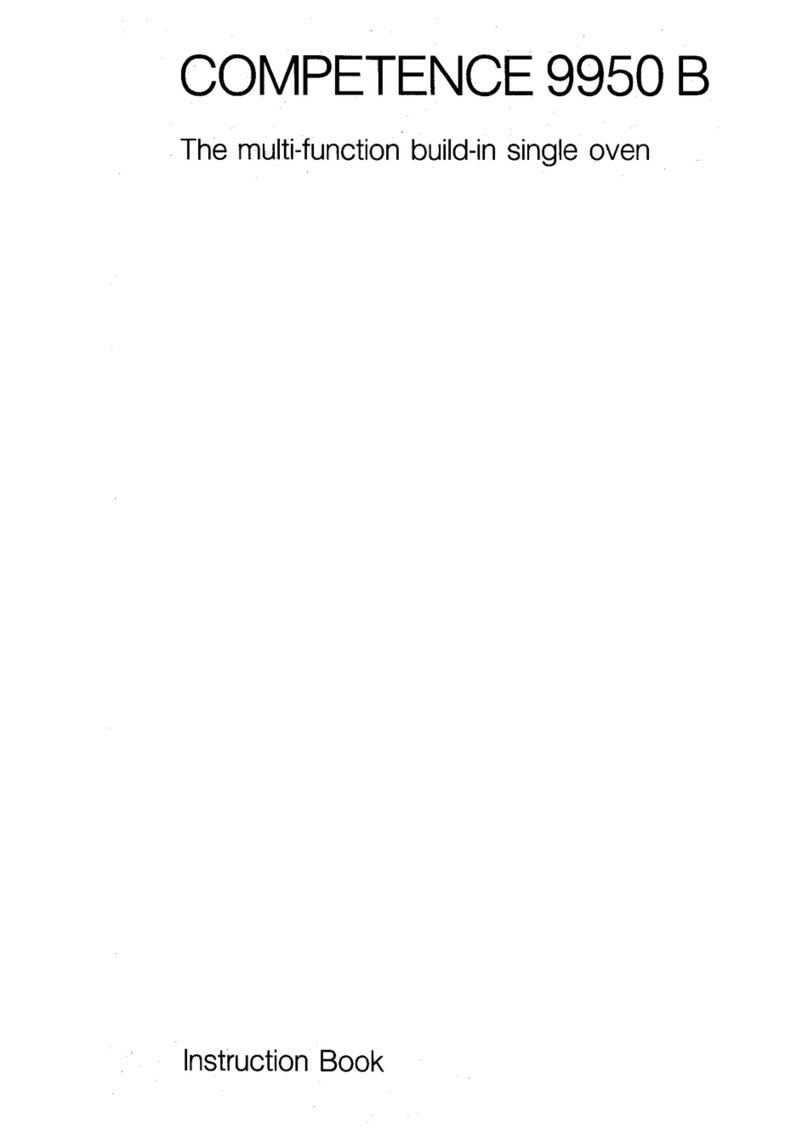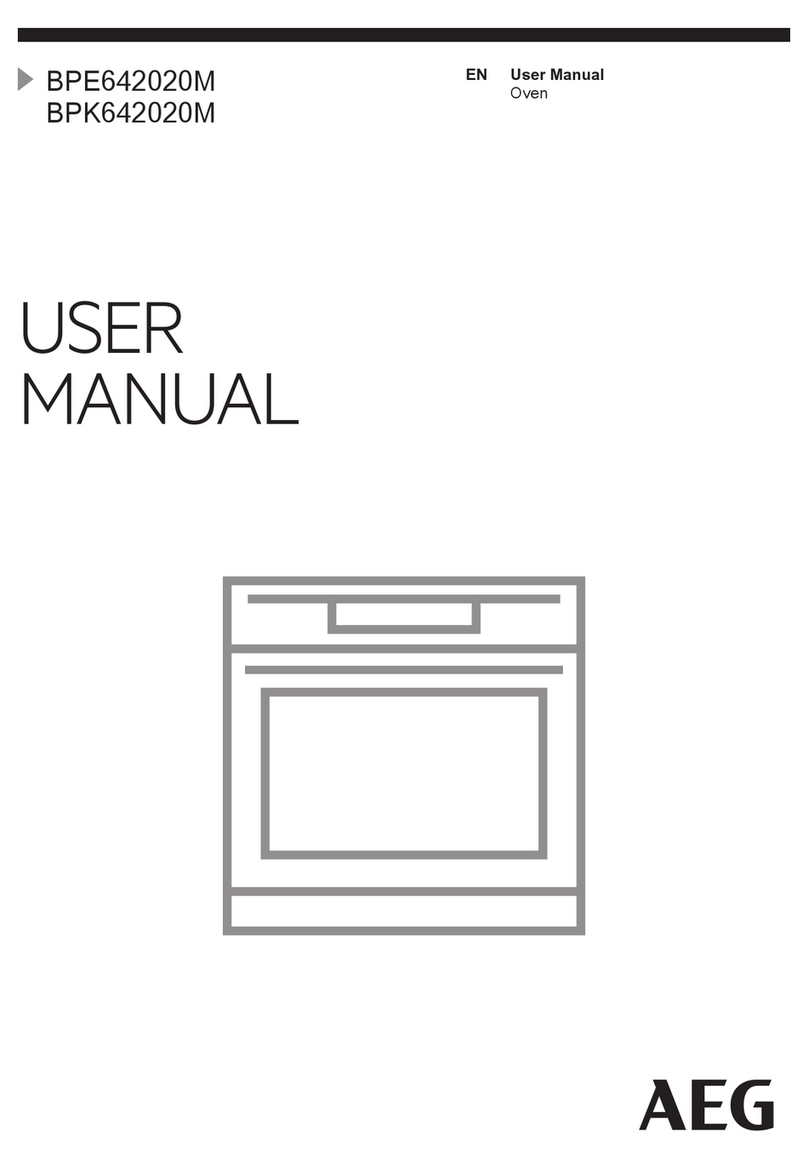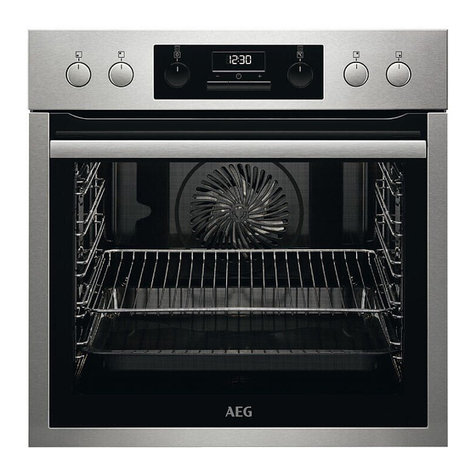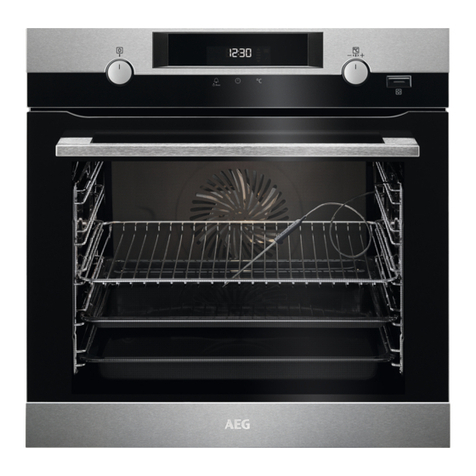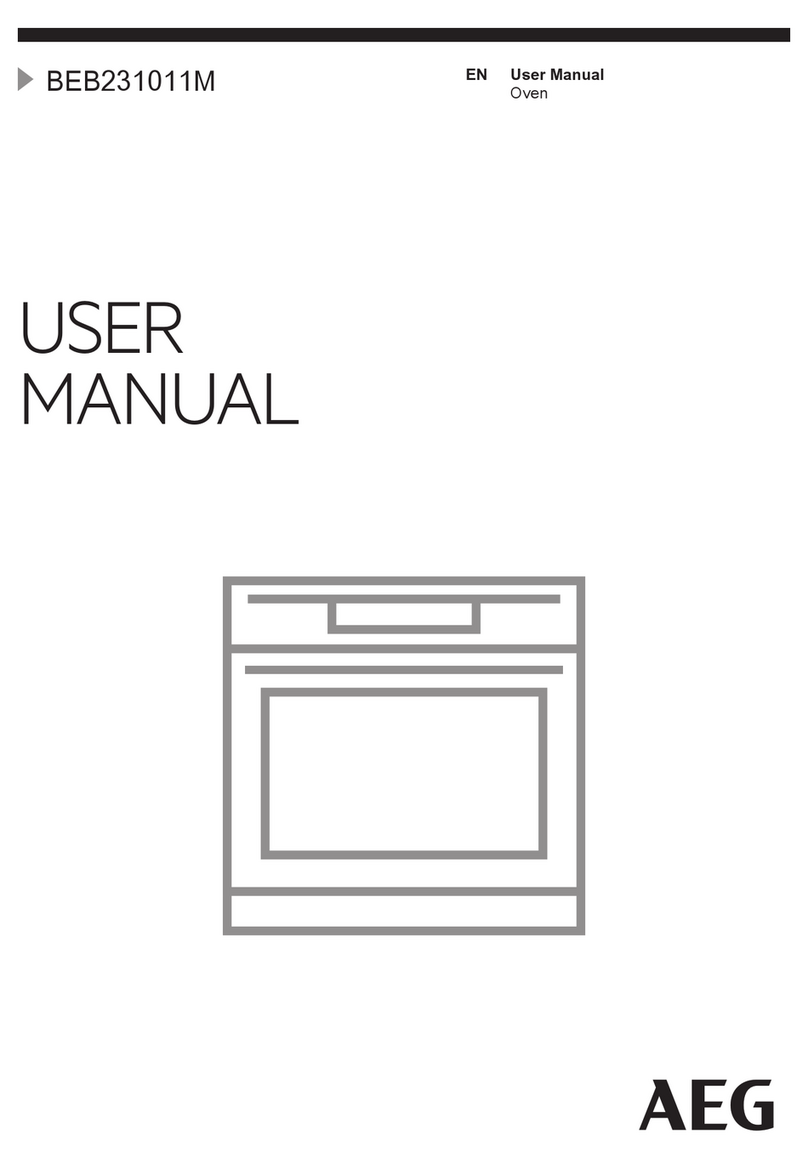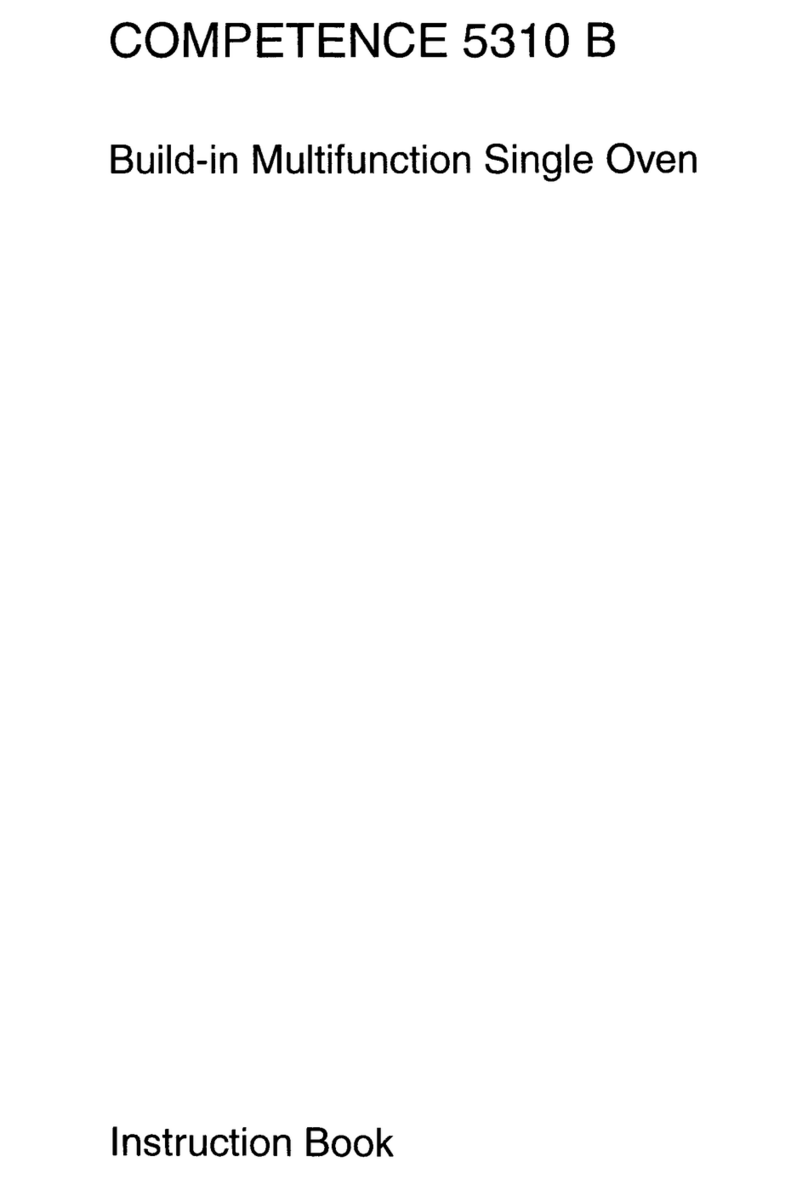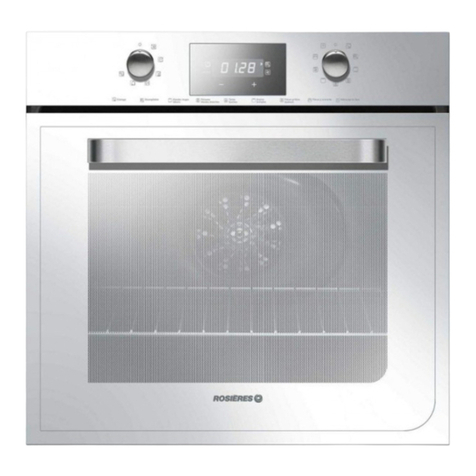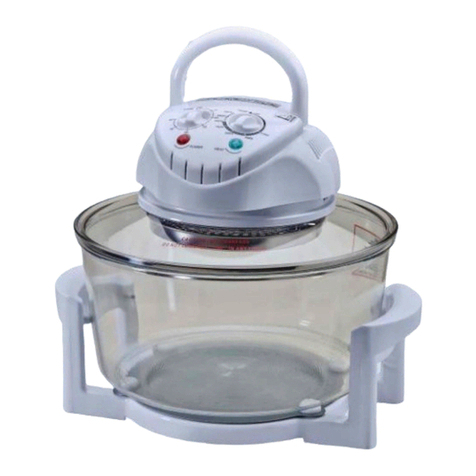SAFETY INFORMATION
Before the installation and use, read this manual carefully:
• For your personal safety and the safety of your property
• For the respect of the environment
• For the correct operation of the appliance.
Always keep these instructions with the appliance also if you move or sell it.
The manufacturer is not responsible if incorrect installation or use results in damage.
Children and vulnerable people safety
• This appliance can be used by children aged from 8 years and above and persons with
reduced physical, sensory or mental capabilities or lack of experience and knowledge if
they have been given supervision or instruction concerning use of the appliance in
safe way and understand the hazards involved. Children shall not play with theappliance.
• Keep all packaging away from children. There is the risk of suffocation or physical injury.
• Keep children and animals away from the appliance when the door is open or the ap-
pliance is in operation. There is the risk of injury or other permanent disability.
• If the appliance has Child lock or Key lock function, use it. It prevents children and
animals from accidental operation of the appliance.
General safety
• Do not change the specifications of this appliance. There is the risk of injury and dam-
age to the appliance.
• Do not let the appliance stay unattended during operation.
• Switch off the appliance after each use.
Installation
• Only an approved electrician can install and connect the appliance. Contact an ap-
proved service centre. This is to prevent the risks of structural damage or physical injury.
• Make sure that the appliance is not damaged because of transport. Do not connect a
damaged appliance. If necessary, contact the supplier.
• Remove all packaging, stickers and layers from the appliance before first use. Do not
remove the rating plate. It can invalidate the guarantee.
• Make sure that the appliance is disconnected from the power supply during the instal-
lation.
• Be careful when you move the appliance. The appliance is heavy. Always use safety
gloves. Do not lift the appliance by the handle.
• The electrical installation must have an isolation device which lets you disconnect the
appliance from the mains at all poles. The isolation device must have a contact open-
ing width of minimum 3 mm.
• You must have correct isolation devices: line protecting cut-outs, fuses (screw type
fuses removed from the holder), earth leakage trips and contactors.
• Before the installation, make sure that the kitchen cabinet has the recess dimensions
applicable.
4Safety information


